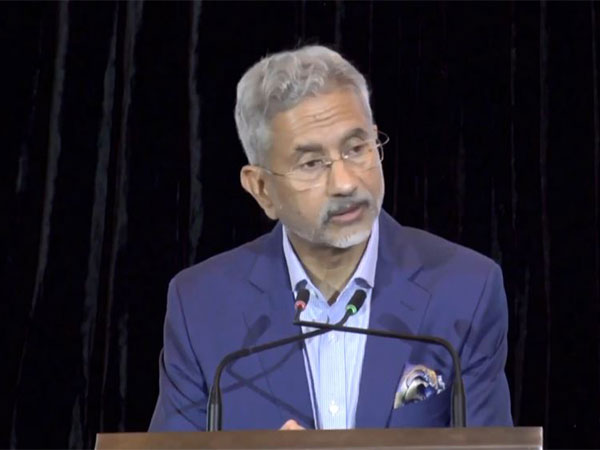
Experts warn Pakistan may not be able to meet needs of its rapidly increasing population

Islamabad [Pakistan], July 13 (ANI): Amid alarming population growth in Pakistan, experts have warned that soaring headcount poses a greater threat and the country may not be able to meet the needs of its rapidly increasing population.
Pakistan’s struggles with keeping its national headcount at sustainable levels continues, said experts, reported The Express Tribune.
While the growth rate, they said, is not the root cause of all problems, it certainly exacerbates the pressures on livelihoods, natural resources, and provision of certain services, especially health and education.
“We missed the boat on integrating this population growth into development planning that was done in the 60s, and up to the 90s. Since about 2000, we have largely ignored population in economic planning,” cautioned Dr Zeba Sathar, who heads the Population Council’s office in Islamabad.
According to research conducted by several reputed organizations, including the UN Population Division, Pakistan would require more than 117 million jobs, 19 million houses, and 85,000 primary schools in the next two decades to meet the demands of its rapidly increasing citizen count, reported The Express Tribune.
Echoing Dr Sathar’s concerns, Dr Shahzad Ali, Vice-Chancellor of Health Services Academy, Islamabad said that unchecked population growth is a disaster for any country. “When we allow the unchecked increase in population, it becomes a burden on all resources,” he explained.
Nearly three decades since the first global population awareness day, which is celebrated on July 11 as World Population Day every year to create awareness about the worldwide population issues, Pakistan’s population growth is alarming.
The globally accepted theory on population growth is fairly simple. Given that there is a fixed quantity of land, an increase in the population will eventually reduce the number of resources that each individual can consume and access, ultimately resulting in disease, starvation, and even conflict in some cases, reported The Express Tribune.
While Pakistan is not at that stage, there is a strong chance that high birth rates and rapid population growth will eventually place a drag on economic development, said the experts.
According to experts, if the numbers continue to grow at the same rate, the population of Punjab, which already holds the title of the most populous province, will be equal to the current national headcount by the time Pakistan marks its centennial.
Another reason for Punjab’s population crisis is the increase in the number of underage marriages. According to Shahid Nusrat, who serves as Additional Secretary, Technical Welfare, 30 per cent of girls get married between the ages of 16 and 22.
“That is a major reason for having more children in addition, the desire for a son is also a reason for an increase in the number of children,” said Nusrat.
While Punjab struggles with a rapid increase in its rural population, urban areas in Sindh are under continuous pressure of population growth due to the non-stop migration of people from rural areas and the heavy influx of people from other parts of the country.
According to Dr Talib Lashari, Technical Advisor of Population Welfare Department, Sindh and Costed Implementation Plan (CIP), the majority of the populace living in Sindh’s and Karachi’s unplanned localities or katchi-abadis either does not believe in the concept of smaller population or it has remained out of reach for implementing family planning programmes.
According to data collected through various sources, Khyber Pakhtunkhwa’s (K-P) headcount is also rapidly increasing, reported The Express Tribune.
Experts from the province pointed out that the fast-rising population is degrading economic and agricultural resiliency in the province.
“Residential areas are expanding and land for agriculture is shrinking in the province. You can blame the increase in population for this trend,” said Dr Muhammad Rafique, who represents the United Nations Population Fund (UNFPA) in K-P.
In Pakistan’s population crisis, Balochistan bagged the title of the province that has the highest growth rate.
Speaking to The Express Tribune, Secretary Population Welfare Department, Balochistan Manzoor Ahmed Zehri said that the situation is alarming when it comes to Balochistan where the annual population growth rate is 3.7, much higher than the national average.
For Pakistan’s population conundrum, experts presented a simple and uncomplicated solution.
The country, they said, needs efficient family planning services and a clearly laid out media campaign.
“The basic problem in the provision of family planning services- a large bulk of married couples need these services but do not have access. The rich get these services, the poor do not-that is a simple truth,” said Population Council’s Dr Zeba Sathar.
The best option, according to experts, is to integrate health and population so that family planning services are available in health centres at all levels, to avoid any taboo or stigma, to seek planning advice and contraceptives, reported The Express Tribune. (ANI)

















POST COMMENTS (1)
ska